
Doctor’s Warning: Early-Stage Lung Cancer Doesn’t Always Come with a Cough – Watch Out for These 4 Unusual Symptoms
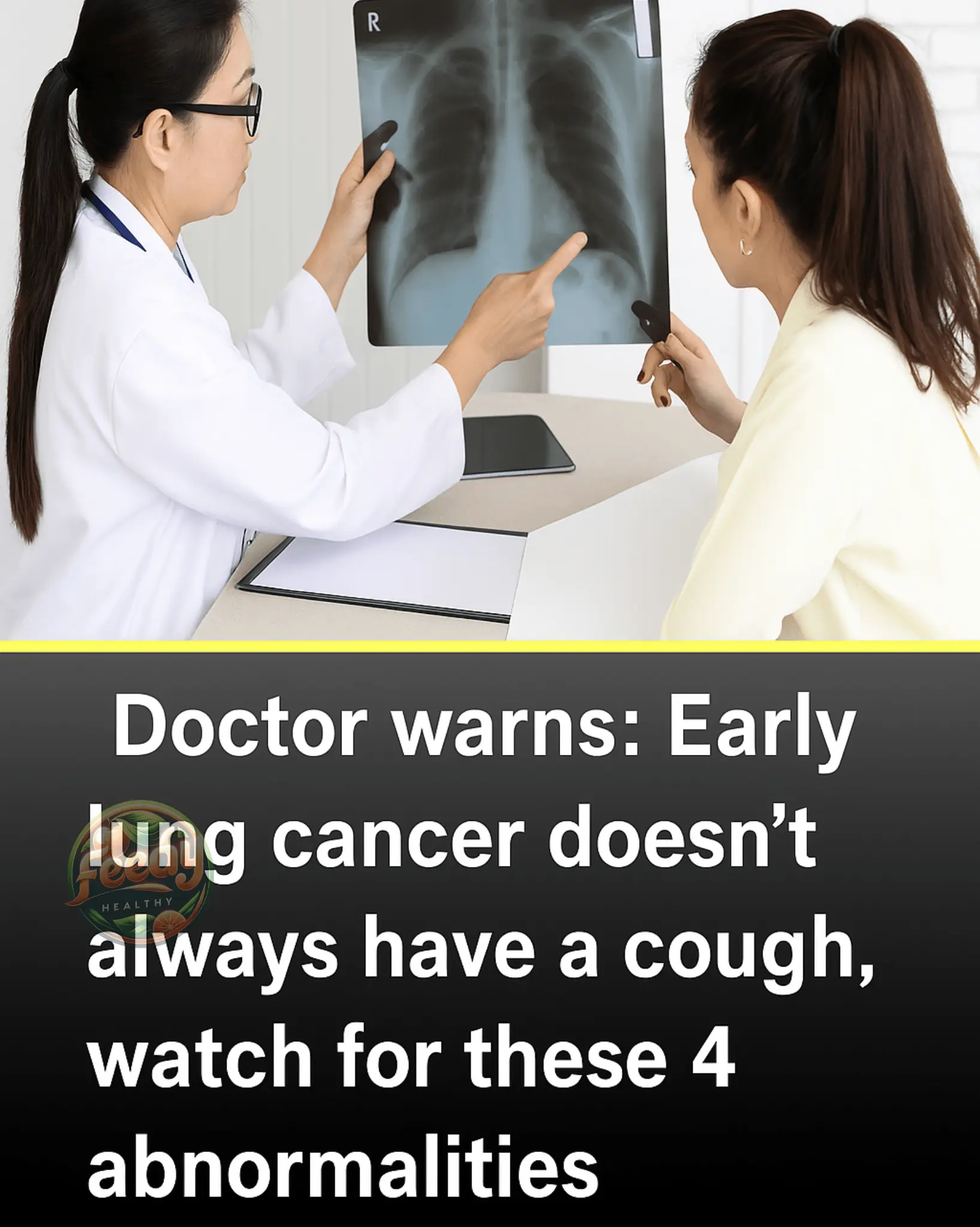
Paying attention to unusual changes in your body is essential for early detection and protection against lung cancer.
Fatigue While Walking – A Hidden Sign of Early-Stage Lung Cancer
When people think about early-stage lung cancer, shortness of breath or chest tightness often comes to mind. However, a lesser-known symptom is sudden fatigue while walking. If you used to climb stairs or walk briskly without difficulty but now feel weak in the legs, breathless, and need to pause to rest, this could be a warning sign from your lungs.
Don't immediately blame it on aging or lack of exercise. This fatigue could stem from a blockage in your airways, which limits oxygen intake. As a result, your body becomes oxygen-deprived, leading to a sense of weakness.
One patient, who previously worked on a construction site without fatigue, suddenly began struggling to carry cement up stairs. Upon examination, doctors discovered a tumor in his lung.
Studies show that over 20% of early-stage lung cancer patients experience physical decline months before diagnosis, often overlooking the signs. This weakness is not age-related but caused by impaired oxygen exchange in the lungs.
Some individuals respond to this fatigue by taking supplements like iron or ginseng, but the issue persists. That’s because the root cause lies in the lungs — and without sufficient oxygen, such remedies won’t help.
While not all such symptoms indicate lung cancer, if you feel unusually tired during daily activities, it’s worth investigating. Lung cancer might not trigger a cough but can still sap your energy.
Difficulty Swallowing – An Overlooked Symptom
Another often-missed sign of lung cancer is difficulty swallowing, especially with dry or hard foods. Feeling like something is stuck in your throat — without pain or swelling — can signal a problem.
As tumors grow near the pulmonary hilum or mediastinum, they may compress the esophagus or laryngeal nerves, causing difficulty swallowing or even voice changes.
One kitchen worker reported trouble swallowing and assumed he was just eating too quickly. Months later, doctors found a tumor pressing against his esophagus — a case of lung cancer.
Lung cancer, particularly central lung cancer, can lead to symptoms like hoarseness or swallowing difficulties. Many people consult throat or gastrointestinal specialists without suspecting lung issues. However, since the lungs are located near the trachea, esophagus, and throat, tumors can impact multiple nearby organs.
If you have trouble swallowing without throat inflammation or pain, don’t just look to the digestive tract — the lungs may be involved.
Night Sweats – A Subtle Warning Sign
Night sweats are common and often attributed to fatigue or hormonal changes, especially in middle-aged individuals. However, if you experience sudden night sweats, particularly if your clothes are soaked, it could signal a deeper issue.
Lung tumors may trigger inflammation or disrupt the autonomic nervous system, leading to systemic reactions like night sweats.
Lung cancer doesn’t only affect breathing — it’s a systemic disease that can cause widespread symptoms. For instance, an office worker who never had sleep issues began waking up drenched in sweat for no clear reason. Medical tests later revealed a lung tumor releasing cytokines that caused hormonal imbalances.
Research indicates that early-stage lung cancer, particularly small-cell types, can cause non-respiratory symptoms like fatigue and night sweats. These signs are often misdiagnosed, delaying treatment.
Importantly, these night sweats aren’t caused by overheating, heavy blankets, or exercise. If you sweat excessively at night without explanation, it may point to an underlying condition needing medical attention.
Nail Deformities – A “Secret” Lung Cancer Symptom
Changes in nails are often linked to nutritional deficiencies, prompting people to take zinc or calcium supplements. But a lesser-known early sign of lung cancer is “clubbing,” where nails curve upward and fingertips become round and bulbous, resembling drumsticks.
This condition, while painless and non-itchy, is a sign of prolonged oxygen deprivation, often linked to lung problems. One delivery worker noticed his nails thickening and becoming dome-shaped, attributing it to manual labor. Doctors later diagnosed him with early-stage lung cancer.
Clubbing is common in patients with non-small cell lung cancer, especially those with central tumors. Though it may appear to be a nail issue, it often reflects poor blood oxygenation due to reduced lung function.
If your nails suddenly become thicker, curved, and round at the tips, don’t rush to blame malnutrition. Instead, check your blood oxygen levels and consider a chest X-ray.
Conclusion
Fatigue while walking, difficulty swallowing, night sweats, and nail deformities — while seemingly unrelated to the lungs — could be early warning signs of lung cancer. Recognizing these signals and getting regular health checks is key to early detection. Though early-stage lung cancer may stay “hidden,” learning to interpret your body’s subtle messages can make all the difference.
News in the same category

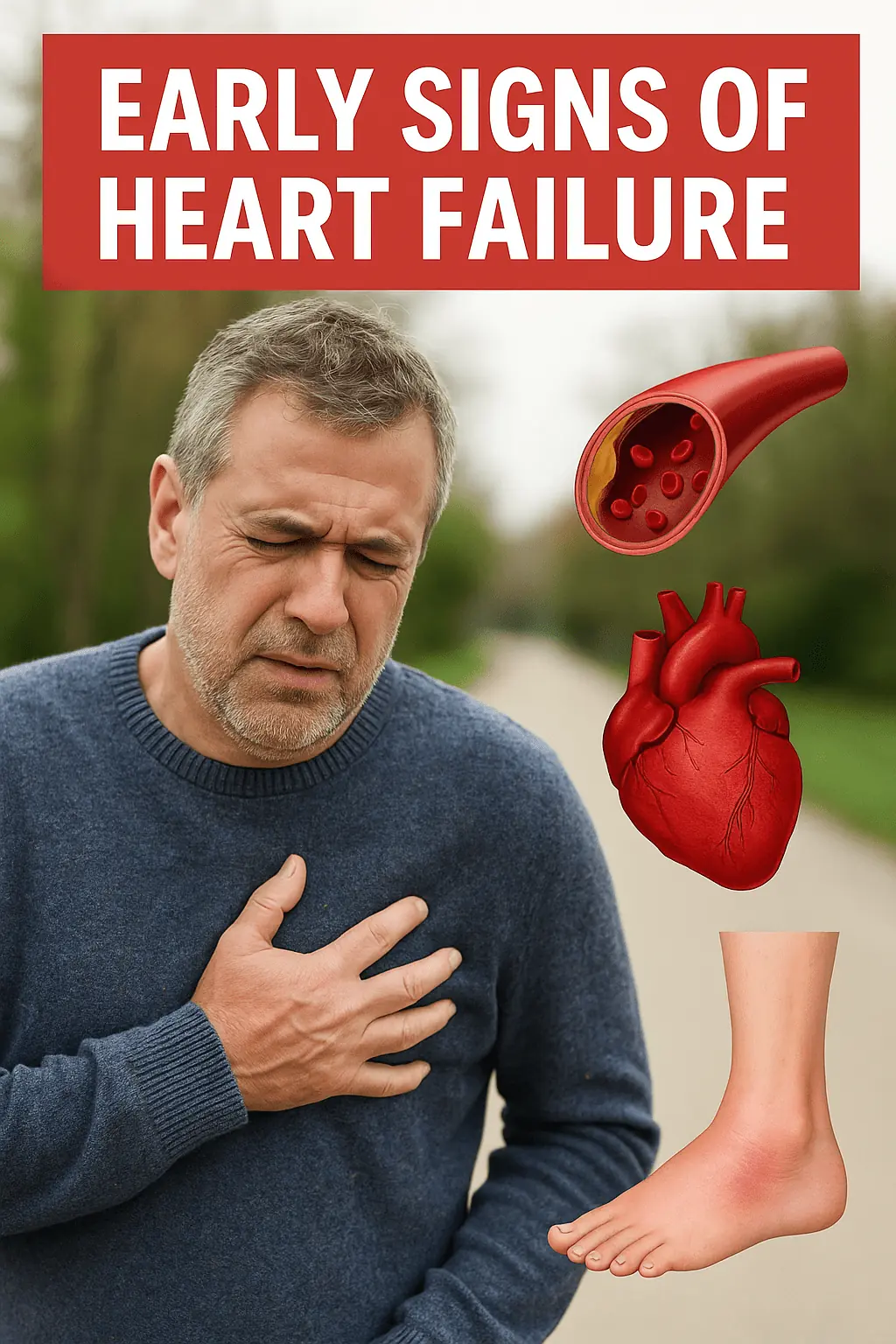
8 Subtle Warning Signs of a Heart Attack You Shouldn’t Ignore
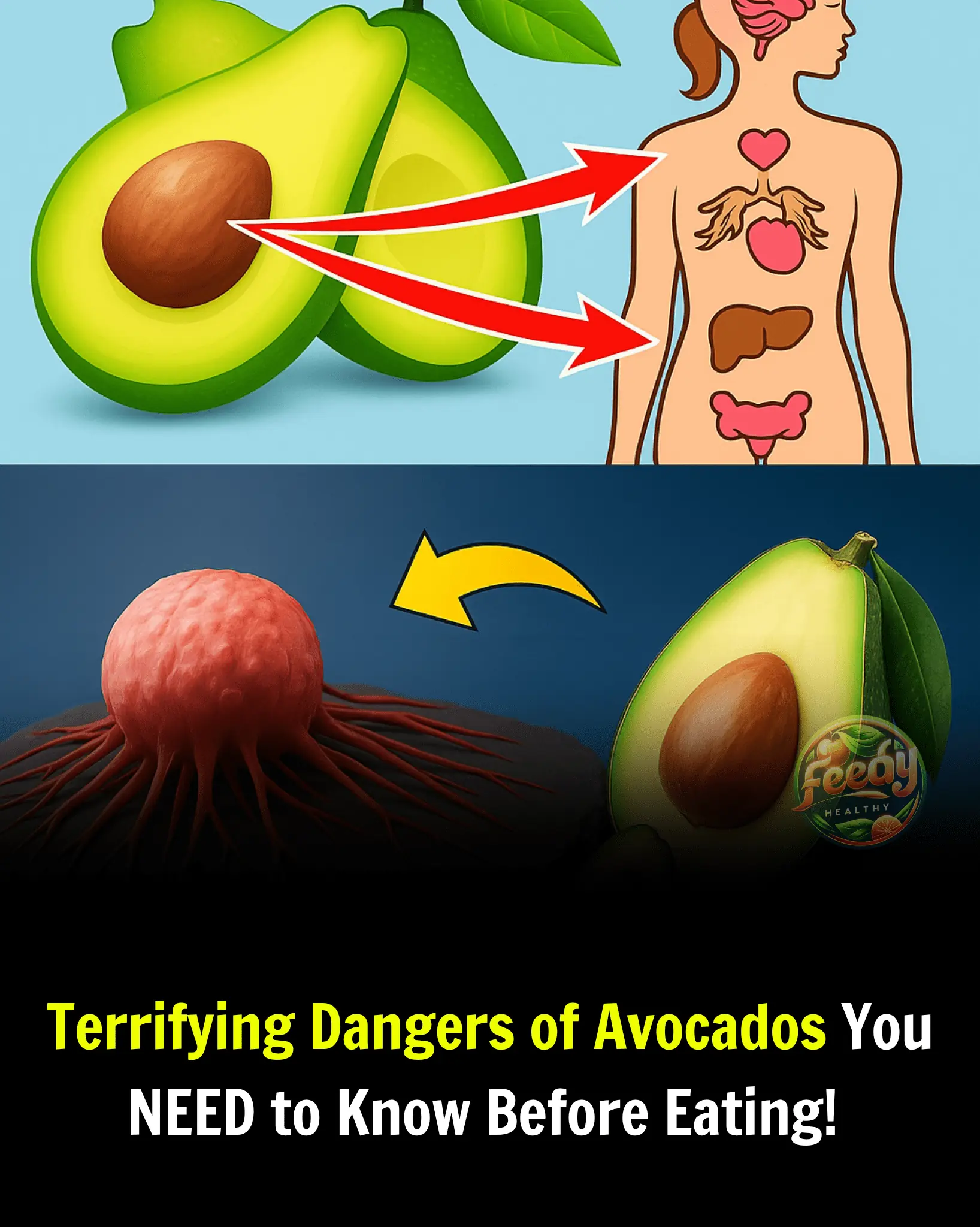
Shocking Avocado Dangers You NEED to Know Before Your Next Bite! Could One Fruit Trigger Irreversible Harm?
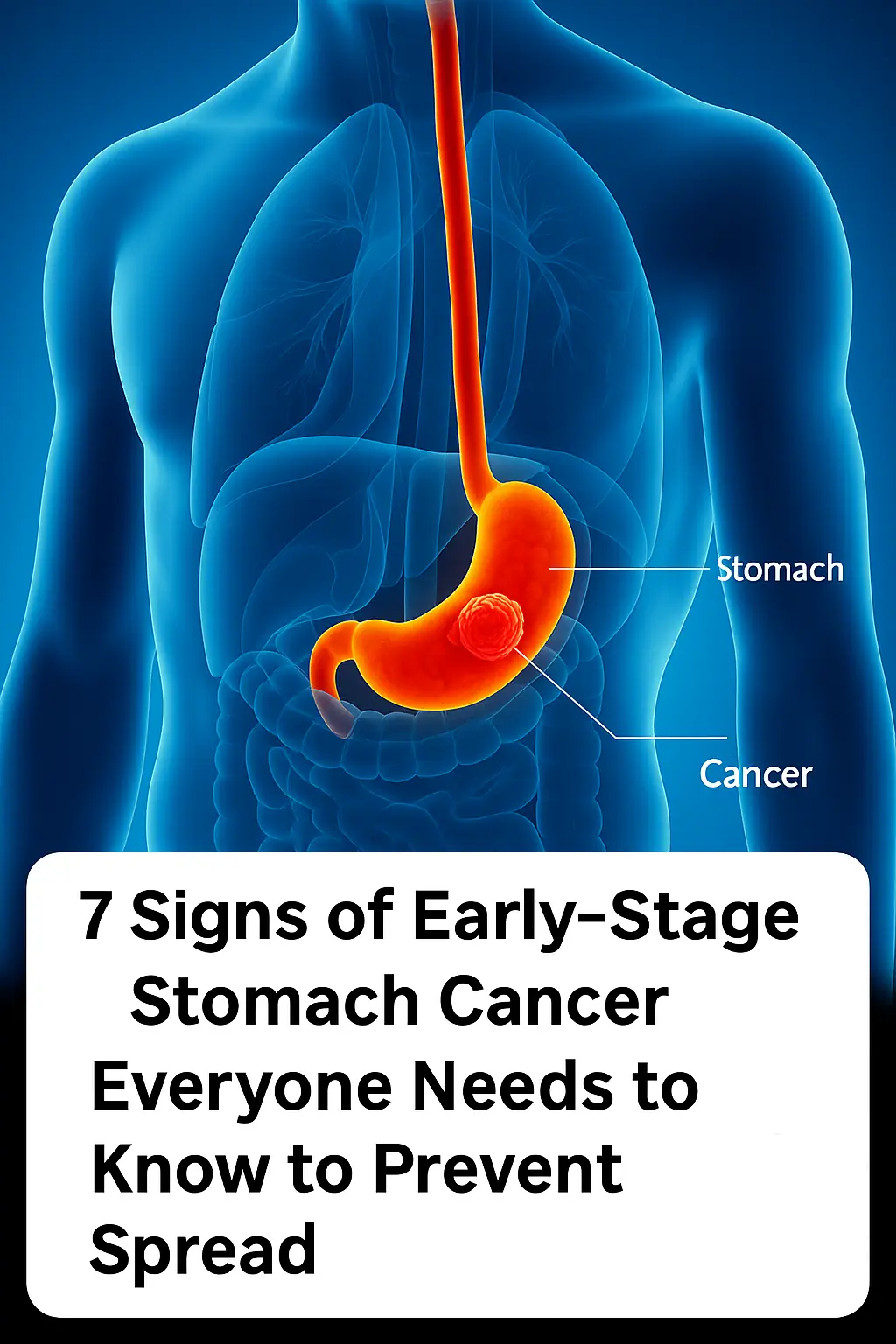
7 Early Signs of Stomach Cancer Everyone Should Know to Prevent Metastasis

6-Year-Old Boy Suffers Stroke Right After Waking Up – Doctors Emphasize 4 Warning Signs Parents Must Recognize to Save Their Child

If You Have Colon Polyps, These 4 Symptoms During Bowel Movements Could Be a Warning – See a Doctor Before It's Too Late

68-Year-Old Man Dies from Kidney Failure — Doctor Warns: Stop Eating These 3 Types of Breakfast
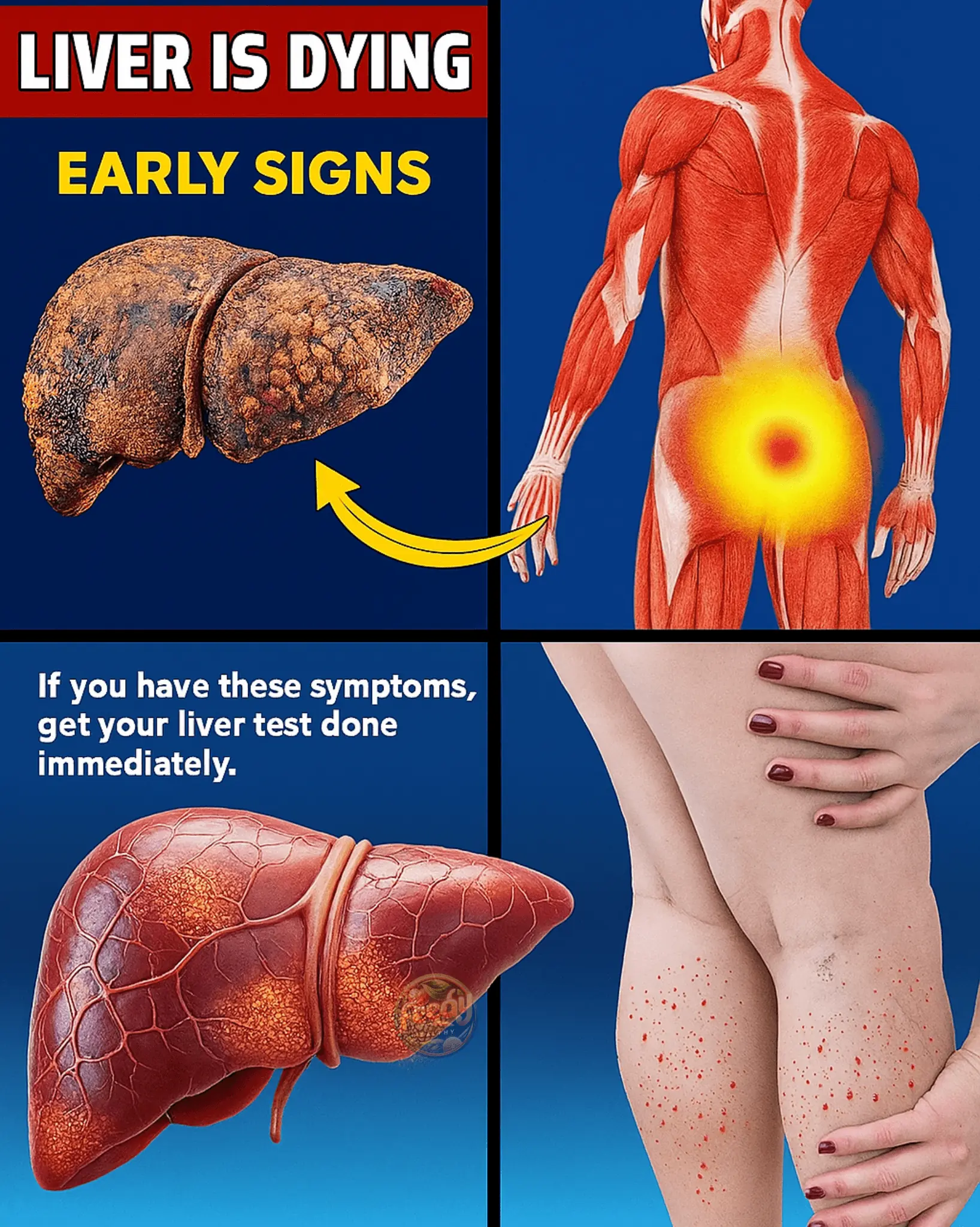
Is Your Liver in Danger? 12 Early Signs of Liver Cirrhosis You Shouldn’t Ignore

Emergency Warning Issued: “Do Not Eat” Dubai-Style Chocolate Bar Recalled

Health Benefits of Drinking Bay Leaf Tea on an Empty Stomach

Cancer May Be Painless at First, But These 8 Toilet-Related Signs Mean You Should See a Doctor Early – Don’t Ignore Them
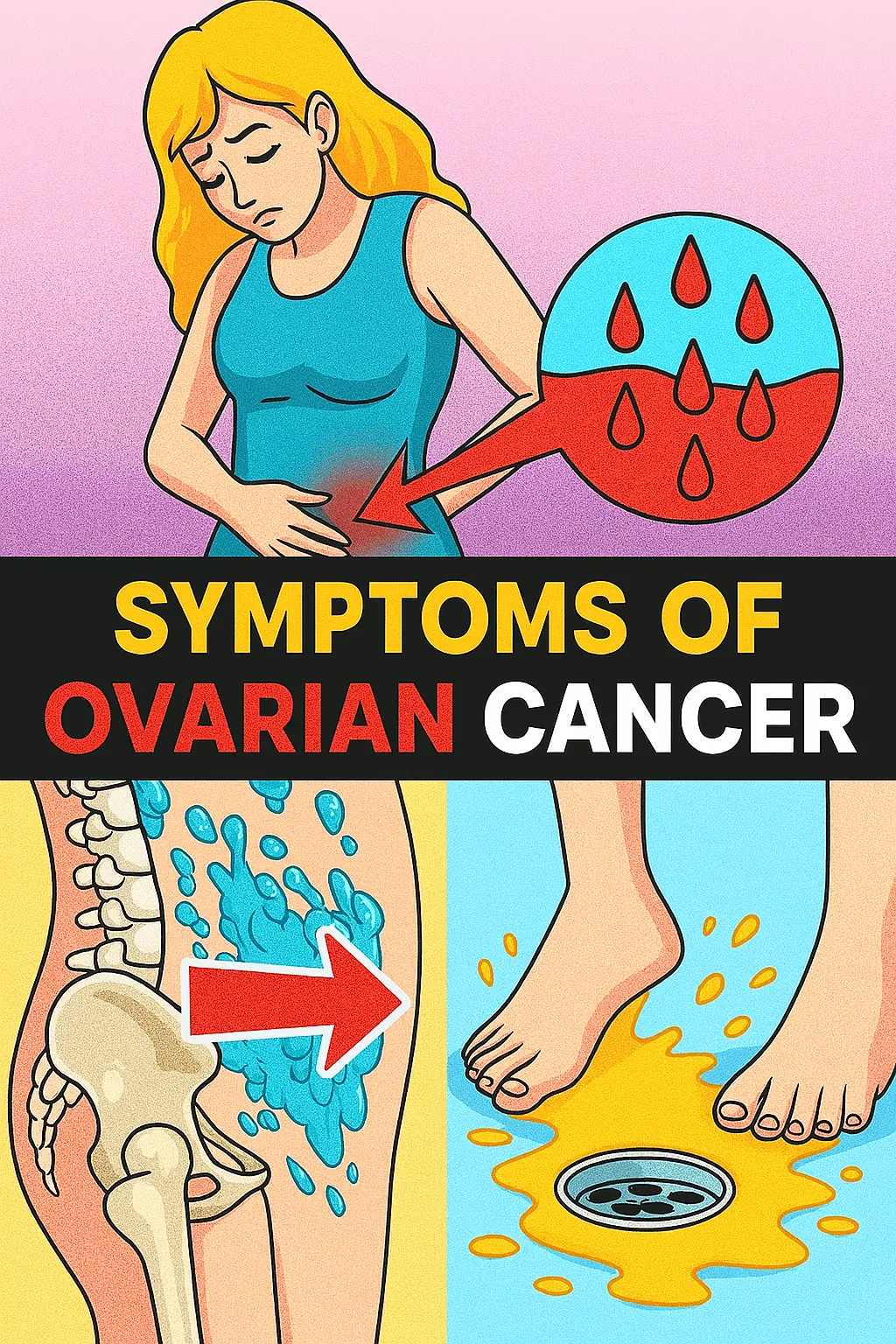
The Hidden Connection Between Ovarian and Breast Cancer
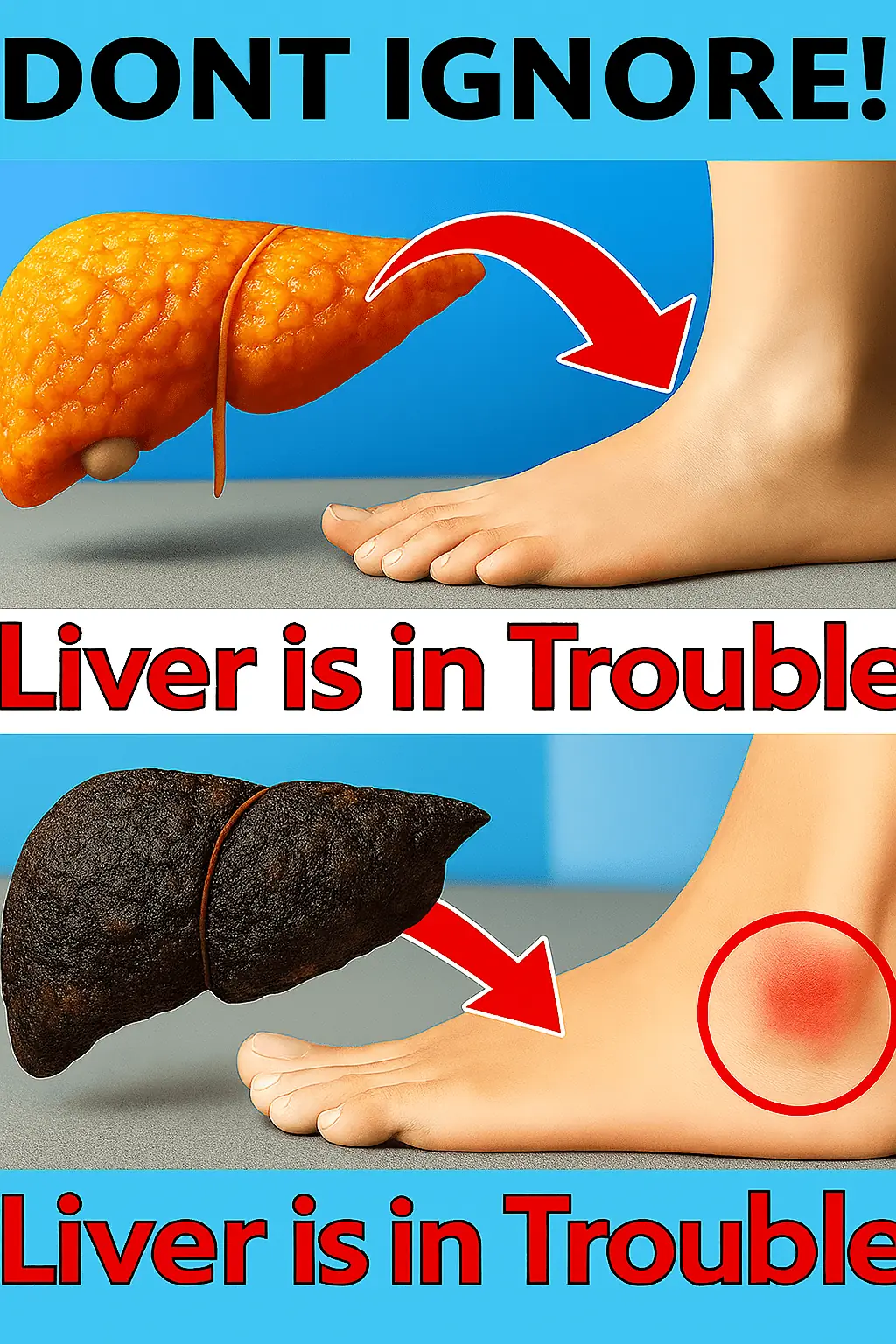
How Your Feet Are Warning You About Liver Problems: What You Need to Know

Vaseline & Coffee Erase Wrinkles Instantly! The 100-Year-Old Anti-Aging Secret You Need to Try!

8 "Friendly Enemies" of Diabetes – Snack Smart Without Spiking Blood Sugar!

Top Foods to Avoid After 60 for Better Health
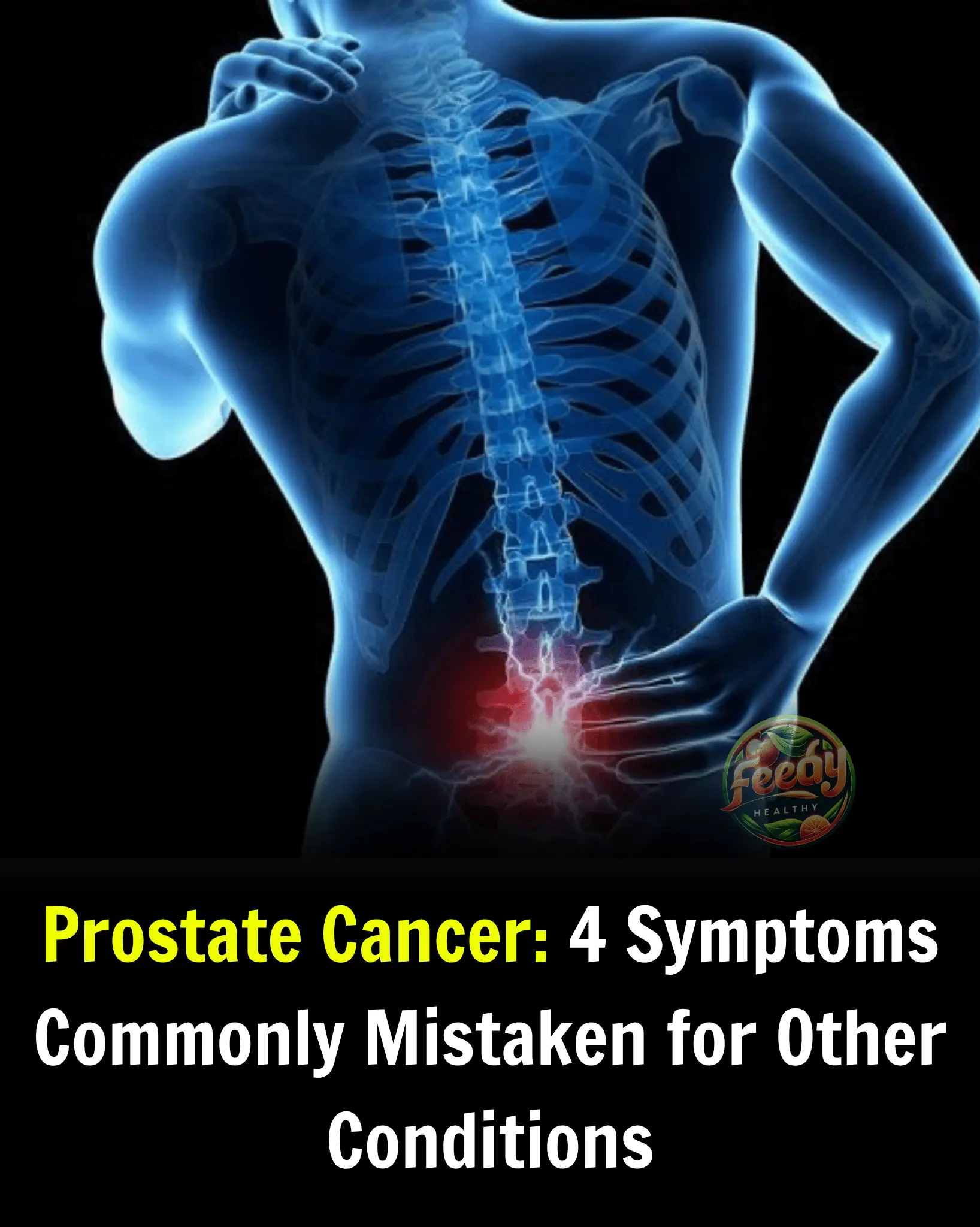
Prostate Cancer: 4 Symptoms Commonly Mistaken for Other Conditions

Busy Work Schedule: Is Sleeping Only 5–6 Hours a Night Harmful?
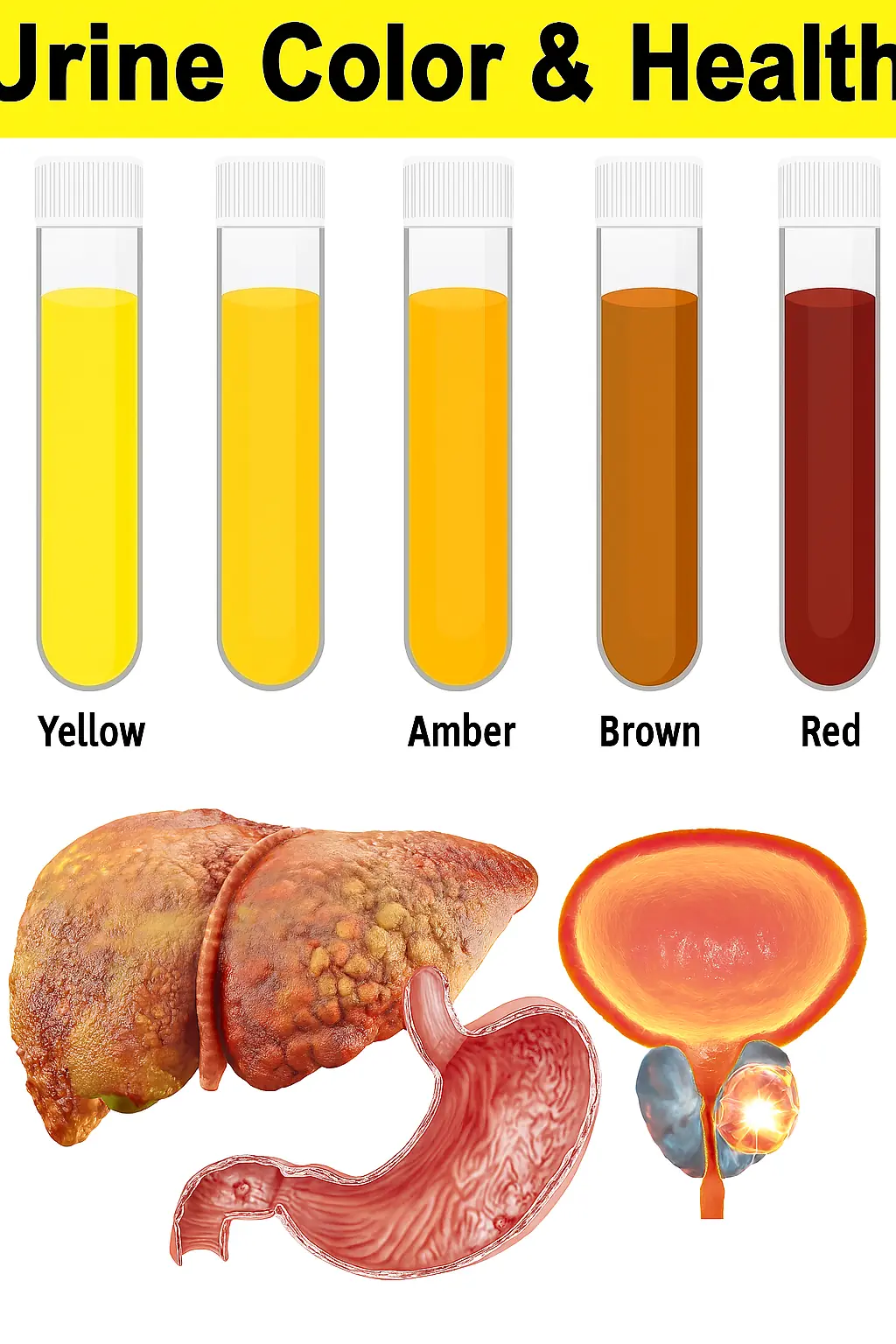
What Your Urine Color Really Says About Your Health (It’s More Interesting Than You Think)
News Post

🧬 A Giant Leap in Dinosaur Science: Preserved T. rex Cells Discovered! 🦖✨

💕😋 Passionfruit Drip Mini Cheesecakes 😋💕

💕😋 Luscious Blueberry Lemon Cookie Bars with White Chocolate Drizzle 😋💕

Garlic Lemon Drink: The Natural Remedy for a Healthier You!

Unbelievable! 🤩 The Varicose Vein Killer – Top 5 Red Onion Remedies That Erase Varicose Veins Like an Eraser! 🧅✨

Boil Melon Seeds, Add Yellow Lemon – Drink the Liquid and Thank Yourself Later! 🍈🍋

Rediscover Mobility with Lemon and Carrot Remedy

Say Goodbye to Swollen Legs, Ankles, and Feet with Parsley Tea!

💕😋 Pecan Cream Pound Cake with Cream Cheese Frosting 😋💕

Refresh Your Vision: A Daily Cucumber Elixir for Enhanced Eyesight

💕😋 Biscoff Traybake Recipe 💕😋

💕😋 Yellow Chocolate Velvet Cake 😋💕

💕😋 Velvety Coffee Caramel Cheesecake 😋💕

The Benefits of Boiling Onion in Milk: An Unmatched Natural Remedy

💕😋 Velvety Tiramisu Cheesecake Delight 😋💕

The Seed That Emptied Hospitals: A Powerful Natural Remedy for Cancer, Diabetes, High Blood Pressure, and Poor Circulation

The Benefits of Milk Thistle: Natural Medicine and Liver Health

🍋🍒 Zesty Lemon Lime Cherry Pistachio Cheesecake 🌰🍰
